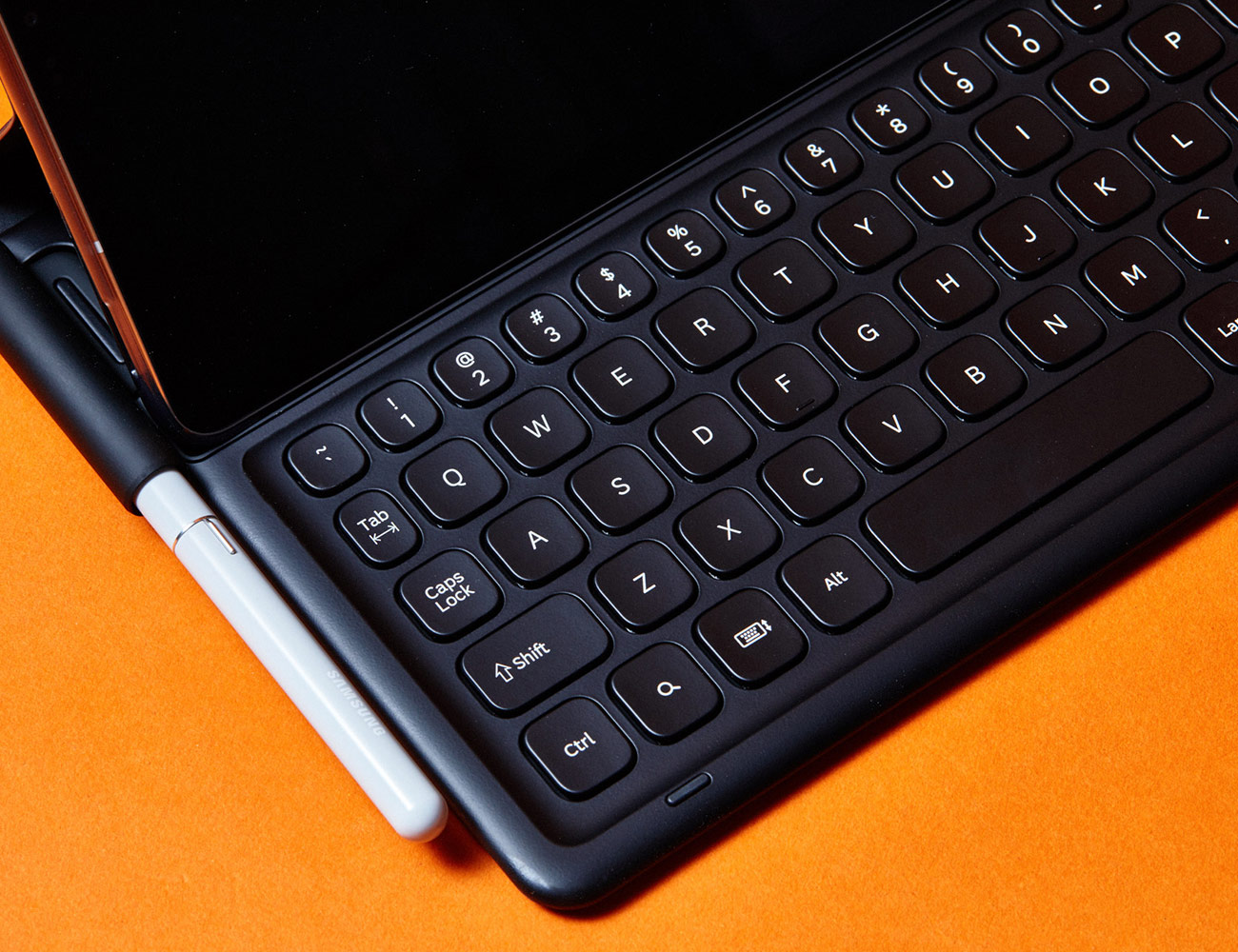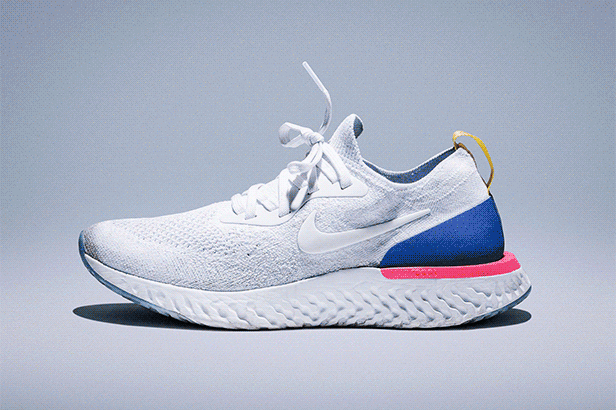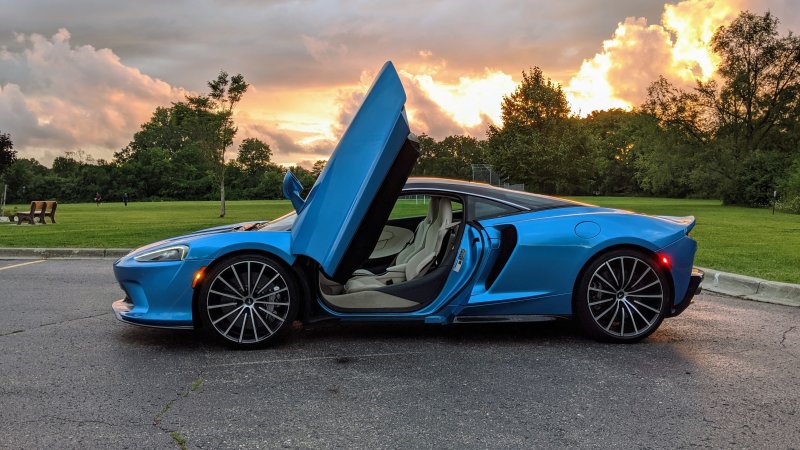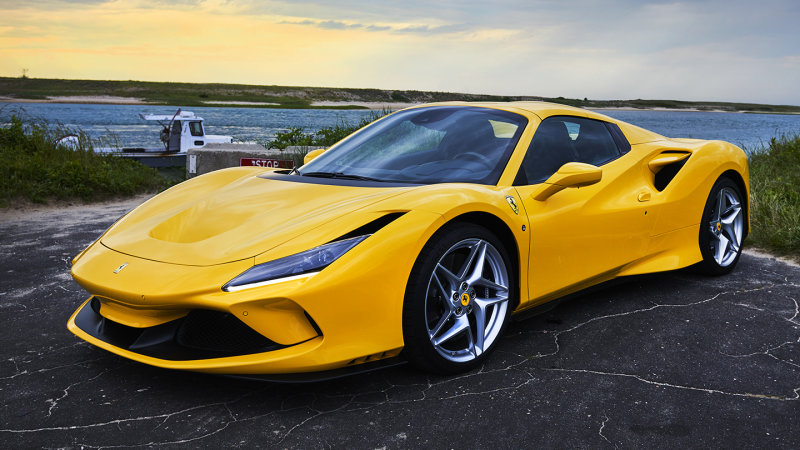The Galaxy Note 9 and the Galaxy Tab S4 are two of Samsung’s newest gadgets — but they’re also quite different. The Galaxy Note 9 is “the world’s most advanced smartphone,” according to Samsung, while the Galaxy Tab S4 is the best and most high-end 2-in-1 Android tablet that company has ever released. Despite each being impressive on its own — the Note 9 as a smartphone and the Tab S4 as a tablet — I wanted to see how both devices could work as a desktop computer. That’s right, a desktop.
You see, the Note 9 and the Tab S4 are unique devices because, for the first time, they come integrated with Samsung DeX. There’s no extra hardware. It’s just a feature that allows both devices to instantly connect to an external monitor. You can mirror their displays onto the external monitor or utilize a dual screen mode – similar to how I use an external monitor with MacBook Pro. For Samsung DeX to work, all you need is a small USB-C to HDMI adapter, a Note 9 or a Tab S4 and an external monitor. It’s plug and play. The idea is that Samsung wants you to be able to use its smartphone (Note 9) or tablet (Tab S4) more like a desktop computer, thus combining your mobile device with your actual workstation. That said, the Note 9 and the Tab S4 provide a pretty different desktop experience. I tested both.
|
Samsung Galaxy Note 9
The Samsung’s Galaxy Note 9 is a true power user’s smartphone phone. In terms of its design, feel, battery life and storage capacity it beats out even iPhone X, in my opinion. Its camera is excellent, too, and the versatility of the S Pen (it can act as a remote trigger for photos and presentations) adds a dimension that makes the Note 9 feel unique, even compared to previous Note smartphones. But Samsung also wants to the Note 9 to be a little pocket computer – and that, of course, relies on DeX mode.
In a nutshell, DeX mode on the Note 9 is pretty simple, but also fairly limited. It enables you to mirror your smartphone’s screen on an external monitor, which is convenient for running apps like Netflix from your phone or presenting documents from Google Spreadsheets and Google Docs. You can use the Note 9 as a trackpad, too, to navigate the screen. The newest and neatest feature of DeX on the Note 9 is that now there’s second-screen mode. This allows you to play a movie or presentation on the external monitor while using your phone normally. The idea is that you’ll be a more productive person, controlling two screens with one device. I watched shows while texting or scrolling through Instagram. So not really “productive,” but still cool.
There are a few problems with DeX mode on the Note 9, however. The main thing is that in order to get that “desktop feel,” you really need wireless mouse and keyboard, which costs extra and even then running apps won’t be as fast as they would be on your laptop or desktop. The Verge‘s Dan Seifert notes this in his review, as well. There’s also the completely predictable snafus of running Android apps on a bigger screen; many apps feel clunky and don’t fill up the monitor’s screen, for example.
Verdict: The Galaxy Note 9 is a marvelous smartphone for power users and Samsung enthusiasts. Its combination of beauty, performance, battery and huge storage easily make it one of the best smartphones of 2018. However, it’s not exactly the computer of the future. The integration of DeX Mode is useful in some cases, like watching shows, blowing up photos on the big screen or even showing presentations, but DeX mode on the Note 9 isn’t quite there yet. Slow apps that were optimized for the external monitor’s screen meant that it wasn’t long before I wanted to disconnect and just use the Note 9 as a phone again.

Samsung Galaxy Tab S4
The Samsung Galaxy Tab S4 is the company’s latest rival to Apple’s iPad Pro, but spec-wise, it’s not really fair to compare it against Apple’s latest iPad Pros. The Tab S4 isn’t nearly as powerful, nor does it have the same level of app offerings. One way that the Tab S4 does distinguish itself is DeX mode, which turns it into a kind of multitasking beast.
Unlike the Note 9 in DeX mode, the Tab S4 is able to run both Android apps and PC windows simultaneously. This is important because it makes everyday tasks easier. You’re able to drag and drop between Android apps and PC windows – I was able to drag photos from Google Photos app to a Dropbox web window – something you’re not normally able to do. You’re also able to resize Android apps so that they all fit on your screen, the same way you resize tabs from a web browser.
The other thing that the Tab S4 has going for it, which the Note 9 doesn’t, is that it can switch to DeX mode without an external monitor. There’s a quick access menu that lets you toggle between DeX and tablet modes, which is nice and pretty easy to figure out. Once again, however, the Tab S4 suffers from limited Android apps that are optimized for PC experience. Also, using DeX mode for long periods without a proper wireless mouse and keyboard will be frustrating.
Verdict: The Tab S4 feels closer to the desired desktop experience because DeX mode is significantly more versatile than the Note 9’s version of the same. The ability to run Android apps and PC windows simultaneously feels almost like a game changer. But the experience is still marred by a limited number of optimized apps. Also, to feel like a proper desktop you’re still going to want to invest in a wireless keyboard and mouse (which are both sold separately).
|
Hot takes and in-depth reviews on noteworthy, relevant and interesting products. Read the Story





